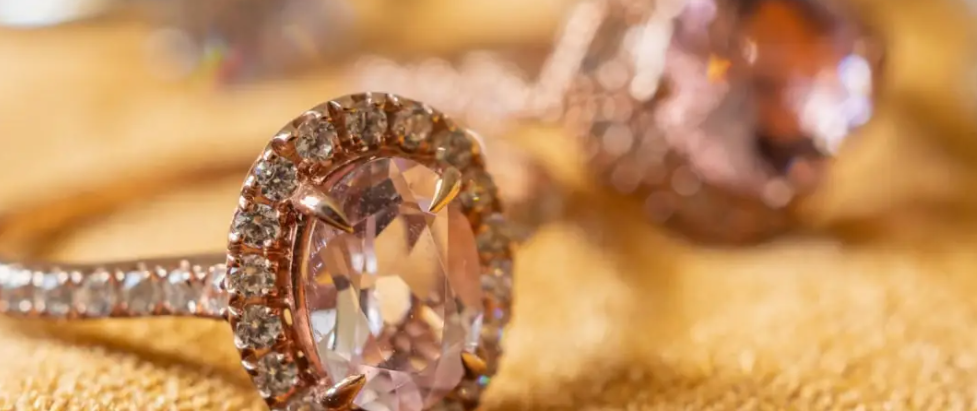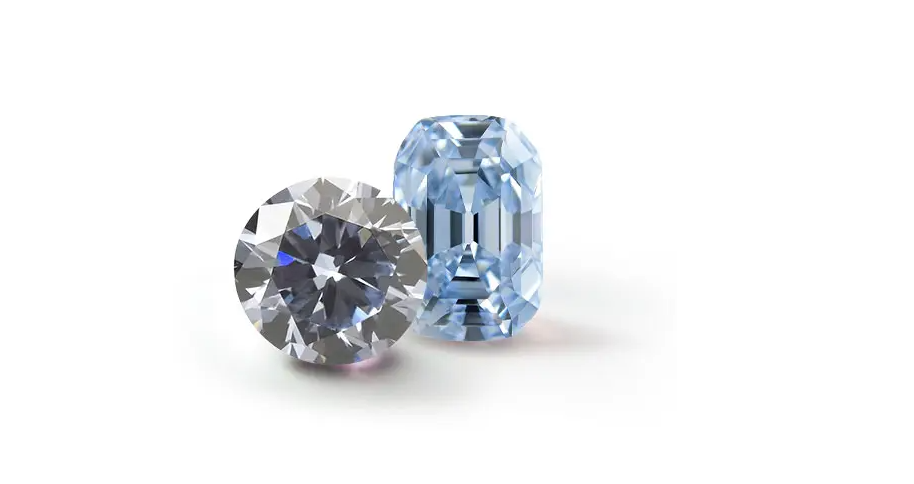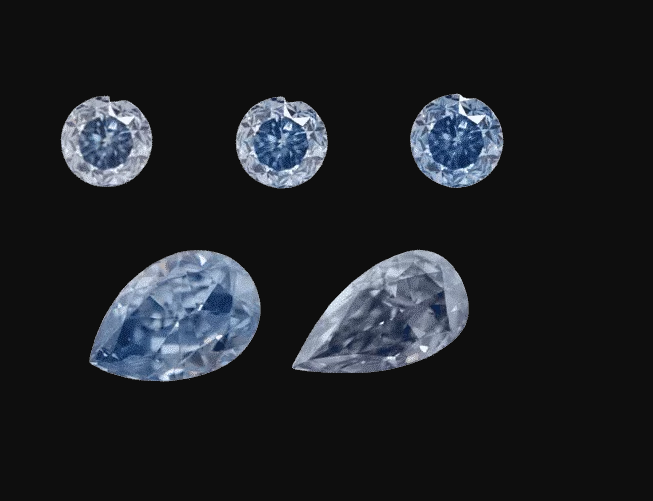The diamond is one of the finest gemstones. Perhaps there is no more expensive stone, and its beauty is often the subject of dreams of many women and girls. Not everyone knows what diamonds really are, and not everyone can identify them with diamonds, especially if a person is just beginning to be interested in precious minerals. In fact, a diamond is nothing more than a diamond that has received special treatment in the skillful hands of a jeweler.
The most interesting thing is that diamonds found in the natural environment are often faded and not conspicuous. But when they are well processed, the very stones and diamonds are obtained from them, which from time immemorial have occupied a leading place in terms of splendor and beauty. In addition, not every diamond can receive the title of a diamond, and if this happens, this wonderful specimen will shine with that wonderful brilliance, about which a variety of legends and stories go.
Physical and chemical characteristics of a diamond

Many jewelry lovers often ask about what this stone is made of. It is a mineral composed of almost 100 percent carbon with few different inclusions. The main characteristic is its “absolute” and invincible hardness, which on the Mohs scale is the highest at 10 points. No artificially created material can compare in hardness with natural diamond, which does not crumble or split into parts just like that.
Besides. the unique property of the mineral has the following features:
- is a semiconductor of wide application ;
- differs in characteristic fractures (splinter, conch);
- density indicator 3.5 g / cm³ ;
- shines strongly upon close examination;
- high level of refraction and dispersion ;
- the mineral luminesces after cutting and can “play” in different colors;
- differs in a special glow in X-ray, UV and cathode radiation.
If it is heated to a very high temperature, it transforms into graphite. And under normal temperature conditions, due to its strength and density, the stone can exist for a very long time, without being subjected to any changes and influences of the external environment.
Place of Birth

Diamond deposits can be found on any continent of the earth. They are found even in the cold of Antarctica, where an iron-bearing meteorite was discovered, fragments. Natural minerals are distinguished by a very “venerable age”, which is more than 100 million years.
It is the oldest and most valuable mineral, and its deposits, depending on their characterological characteristics, are divided into different types. Distinguish between primary, or primary, which arose as a result of the transformation of igneous rocks, and secondary deposits, resulting from the fact that the primary was destroyed.
According to the generally accepted classification, all places where deposited are now tied to one or another ancient platform:
- Chinese;
- Indian;
- Eastern European;
- Siberian;
- Australian.
Initially, were discovered by people randomly, which gave rise to many guesses about their origin. There was a time when no one was purposefully looking for them. It was only after South African prospectors unexpectedly stumbled upon their deposits far from rivers that the search became regular and targeted. The two largest diamond deposits were discovered in South Africa one after the other: in 1870 and 1873.
However, as it turned out later, it was not about the primary, but about the secondary bedding. It is important that the discovery of the first root location of the stones did not occur in Africa, but in India, long before the South African mineral deposits were discovered. Indian deposits are considered to be the oldest deposits, despite the fact that in recent years the number of mined stones has significantly decreased.

The largest deposits are also found in Russian territories. First of all, these are Yakutia, Siberia, Arkhangelsk, and Perm regions. Yakutia has the largest reserve, among which deposits of both primary and secondary character can be found. Currently, in Yakutia, there are 12 regions for the extraction of this mineral. The Northern Urals are also rich in diamonds, where recently, in 2005, a “pilot” factory was launched, which marked the beginning of diamond mining on an industrial scale.
It should be noted that by no means all diamonds mined in the territories of large deposits (in particular, in our country) can subsequently be classified as diamonds. In the mining process, high-tech and heavy equipment are used, and the stones found are sorted by type and fraction. And only after that, they are selected in accordance with the purposes of their application.
The main sources of mining on an industrial scale are the so-called “pipes” from kimberlites and lamproites. They have a characteristic cone shape, in which the rock is concentrated.
Another article on this blog that might interests you:
A Australian pink diamond could be among the most valuable gems
